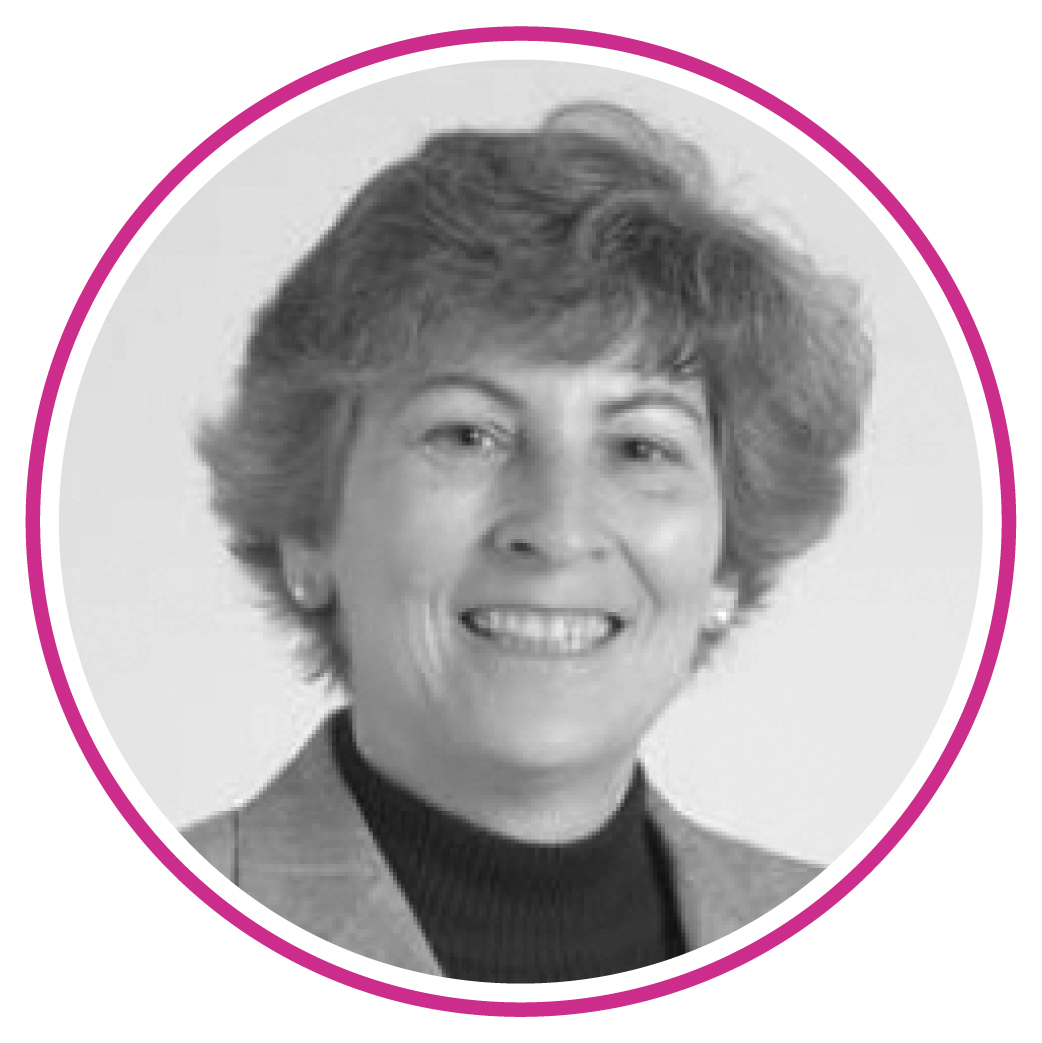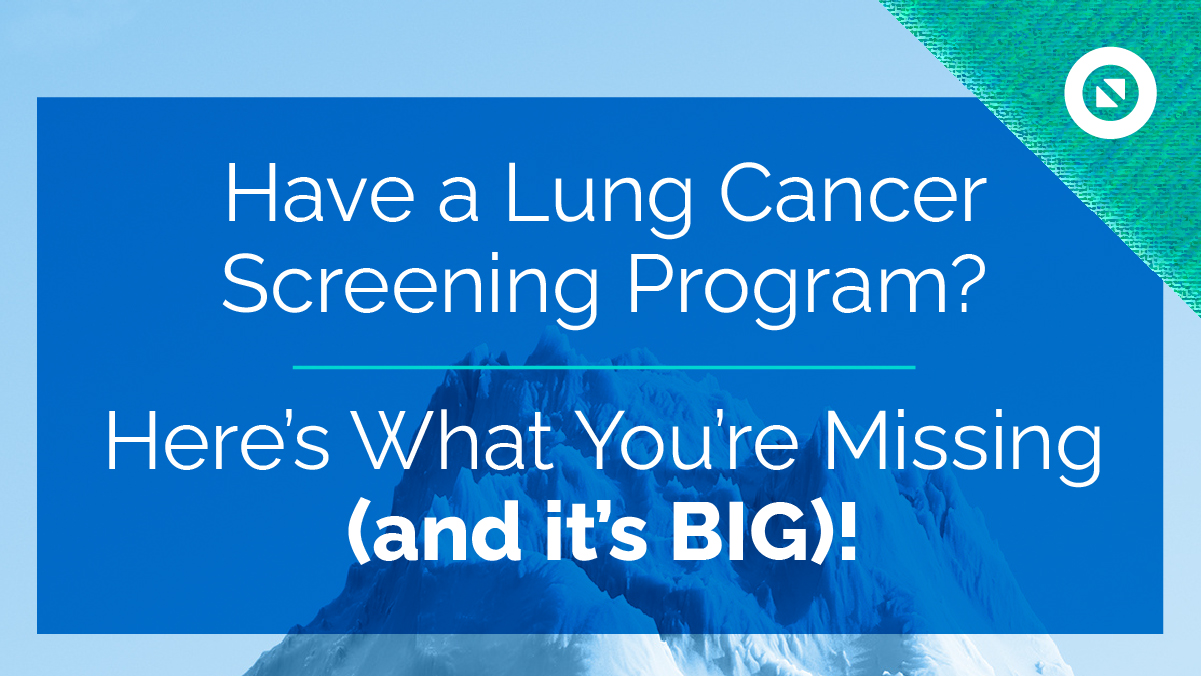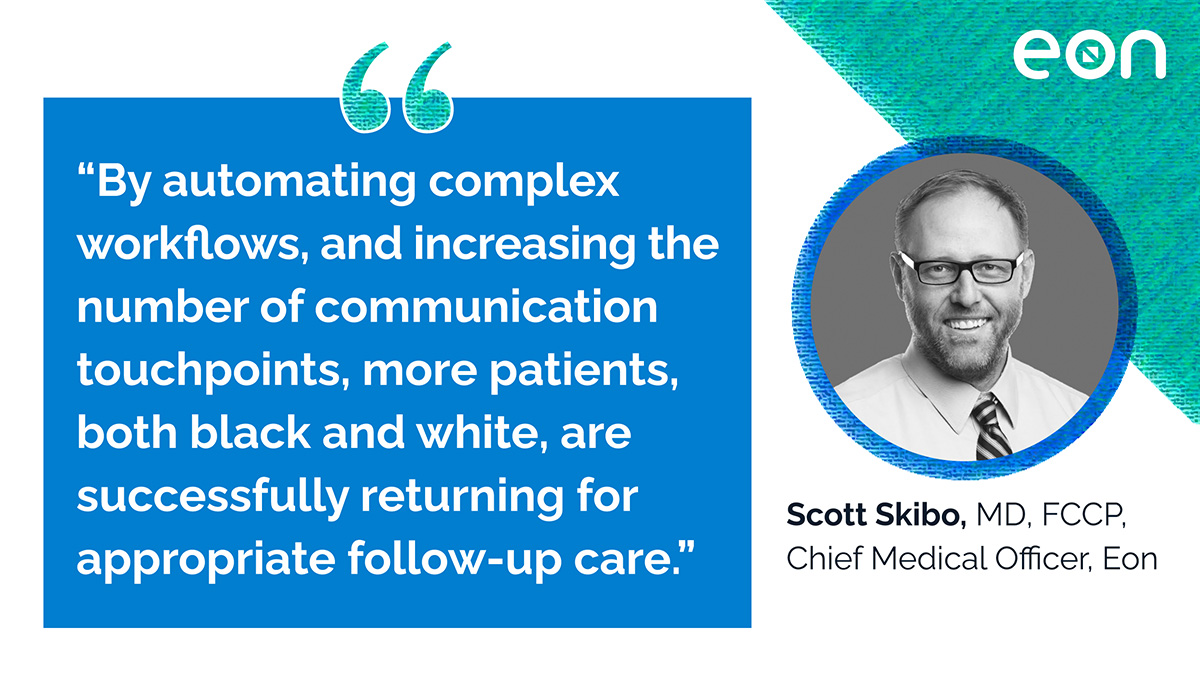In half a century, knowledge and technology have transformed breast cancer from a death sentence to a condition that is usually manageable, with an average five-year survival rate of 90 percent. It’s unarguably one of the greatest success stories in the history of medicine. Can even more be done?
Yes! Which is why I’m eager to tell you about how Eon is expanding survivability even further.
First, a quick look at some of the technological and organizational advances that have gotten us to this point, and likely saved my life as well as those of several family members:
- The ubiquity of screening. Regular mammograms are essential. They must be done earlier and more frequently when there’s a family history of breast cancer and/or other cancers that follow the same genetic lines. The success of breast screening is a model for other screening programs.
- Breast self-exam. Super important for all women (and men with a family history of certain cancers), speak with your doctor about the appropriate technique and do it monthly! This is how I suspected I had a problem.
- Imaging technologies. Most recently, 3D mammography (breast tomography) is now a standard of care with increased sensitivity and specificity, especially for women with dense breasts. I was able to play a role, as a physicist at GE, when my team helped create magnetic resonance breast imaging and biopsy – I am super proud that these technologies are used today in high risk patient care. I’m also happy to have helped a little bit with advancing digital mammography image quality.
- Imaging standards. A crystal-clear image is important, but is only useful if the imaging technologists fully capture the breast tissue, in the correct position, at every visit. Likewise, the interpreting radiologist should keep up to date on current technologies and contribute to national benchmarking. These are some of the advances in standardization that the MQSA (mammography quality standards act) helped accelerate.
- The surgical techniques and treatments are totally different than even 20 years ago. These approaches minimize the disfigurement and complications of a complete mastectomy with lymph node removal. These improve not only length of life, but also the quality of breast cancer survivorship.
- The discovery of cancer hormone receptors and molecular markers for cancers, leading to individualized chemotherapies.
- New care models. I love the under-one-roof women’s health center, where they literally don’t let you leave until your test results are ready. This way if another image is needed, you can get it immediately – without any additional care delays or trips back to the imaging center. Making sure you have time to wait for results is a good idea because every time a patient transitions from one space to another, the chances of successful follow-through decrease.

“As a survivor, I marvel at the gains that have helped so many of us to be here. As a scientist, I am concerned that there are still people who are missing the benefits of early detection.”
That’s a lot of progress! So, what remains to be done, and how does Eon help?
For all our achievements, lack of coordination in U.S. healthcare—among providers and between providers and patients—remains a huge problem. This is precisely the problem that Eon solves by 1) identifying abnormalities that might otherwise be overlooked, and 2) managing guideline-based treatment plans with greater efficiency and a higher patient return rate than hospitals do alone. We use a proprietary computational linguistics engine to analyze imaging reports and, when we find an unanticipated abnormality (an “incidental finding”), our software system springs to life, recommending action steps to the patient and notifying their entire care team. The Eon software then tracks the patient follow-up to ensure care, if appropriate, for the abnormality has been performed. This service (Care Management) sends out letters and communicates allows the local team to focus on the high risk patients
I first encountered Eon while working at Cleveland Clinic because we needed a new lung cancer screening vendor. (We became Eon’s second client; there are now hundreds.) Like many Americans, I was frustrated by under-insurance (among adults; American children have good insurance) and inadequate care coordination. An integrated national system like Britain’s or Canada’s had some appeal but wasn’t the answer. Eon, I recognized, could unite the loose ends in the existing U.S. healthcare industry, saving lives and aiding hospitals’ finances to boot. I joined the company in 2020.
Which brings me back to: How many more lives can we save? A strong indication came shortly after I joined Eon, when I teamed with my colleagues Parthiv Mehta and Natalia Rodnova to analyze 5.6 million radiology reports generated at a large health system over 18 months. We set aside standard screening reports that were intentionally looking for breast cancer and concentrated on reports that, as far as the patient and their doctor were aware going in, had nothing whatsoever to do with a breast.
We uncovered 32,693 incidental breast findings, mainly in CTs and X-rays of the neck, chest and abdomen. Many were in women who were too young or too old to participate in regular screening. Others were in women who were eligible for screening but weren’t going. Eight percent were in men. Forty-five percent of the women and 100 percent of the men were not in a screening program and their breast lesion likely would have gone unnoticed until symptoms appeared.
The upshot is so simple to grasp: Look for more abnormalities and you’ll find some! And use guidelines to drive patient care plans. Alas, deploying this information to actually get more patients into monitoring or treatment is devilishly difficult. Without energetic care coordination such as what Eon provides, health systems still struggle to make the connections that result in patients coming back.
As a survivor, I marvel at the gains that have helped so many of us to be here. As a scientist, I am concerned that there are still people who are missing the benefits of early detection. As an Eon employee and chief science officer, I’m overjoyed to be doing something about this.

